Tie-Dye: What’s Old is New Again… and Again
5 years ago by
In the spirit of “growing up,” we tasked Christina with taking a favorite clothing item of ours from childhood and styling it in an elevated and mature way–tie-dye!
To accompany the editorial, we enlisted our good friend, Amelia, to share her thoughts on the resurgence of the tie-dye trend. In her ever-witty way, she dives into its history, providing context for our adult infatuation with this seemingly adolescent design.
It was smooth sailing… for at least 45 minutes. But then, at our very first concert, security busted us for operating without a permit and confiscated both of our inventories. They let me keep the $12 I’d made and about 12 minutes later I used the cash to buy a $15 tie-dye tee from another illegal vendor. From a business perspective, it made no sense: I was in the hole $3 (not to mention pretty parched) and the summer had just begun. But I had bought myself a cotton ticket into the counterculture and that felt like a worthwhile investment.


Considering my intro to tie-dye, I was surprised to see psychedelic swirls all over runways and high-fashion collections this year. Prada, R13, Paco Rabanne, and Proenza Schouler all included tie-dye in their spring collections. Dior’s creative director, Maria Grazia Chiuri, even crafted couture tie-dye dresses in silk. A Stella McCartney tie-dye tee goes for a cool $395 on Net-a-Porter (so actually, I’d say I got a pretty good deal in 1999).
Of course, even in the 90s I was late to the kaleidoscopic party. Late by almost 3,000 years. The earliest records of dying come from the T’ang Dynasty in China between 618 and 906 BC. Tie-dye as we recognize it, the practice of tying off pieces of fabric to create white designs on a colorful background, dates back to 8th century Japan and Indonesia. This artform is actually called shibori or resist-dying, a phrase that’s especially poetic considering the rebellious nature tie-dye embodied in the 1960s.
Speaking of which, the 60s is the decade most of us associate with tie-dye, though it did have a moment in the 1920s and 30s (women turned to DIY dying during the Great Depression as an affordable way to create new clothes and home decor). Janis Joplin, Joe Cocker, and John Sebastian all wore tie-dye onstage at Woodstock in 1969. Jerry Garcia not only had the tees, he also had legions of Grateful Dead fans, or Deadheads, that practically treated tie-dye as a religion.
This summer marks 50 years since Woodstock, a momentous anniversary that may be partially responsible for bringing hallucinogenic hues back into our lives. It’s hard to ignore the political parallels as well – swap in Trump for Nixon and, well, the battle for civil rights rages on now just as it did back then. In the 60s, tie-dye was a symbol of protest and individuality as well as a token of hope. Wearable hope is just as welcome today as ever before.
On a personal note, this summer is also the 20th anniversary of my own entry into tie-dyedom. So it felt right that on a recent trip to El Salvador I found myself at Hacienda Los Nacimientos, an organic indigo farm just outside the colonial town of Suchitoto. The farm is open to the public and visitors can tour the grounds to learn how the brilliant blue dye is grown and extracted, as well as take a workshop in shibori methods. The area is famous for its indigo and the locals are proud, which is why all over Suchitoto you’ll find both men and women decked in blue tie-dye garbs. Even the colonial-era buildings, many of them with pastel facades that have faded over the decades, have a dip-dyed appearance. “It’s a tie-dye town!” I exclaimed to one one of my travel mates. “It’s tie-dye’s lost city of Atlantis.”
Rhina de Rehmann, the owner of Hacienda Los Nacimientos, started the farm in 1995, shortly after the end of El Salvador’s brutal 12-year civil war. Rehmann’s goal for the farm was twofold: First, she wanted to employ former militants – many of whom had been fighting since they were teens and knew nothing but war – to teach them new skills in farming and textiles. Second, she hoped to revive a bit of El Salvador’s former glory. Back in colonial times, indigo was so valuable, it was called “blue gold” and El Salvador was one of the world’s great producers. That all ended, however, when synthetic dye was introduced and the natural version dropped off. But it’s another story today, Rehmann says. Thanks to the rise of conscious fashion in recent years, brands have a renewed interest in organic dye. Hacienda Los Nacimientos now supplies color to labels as large as Levi’s, Gap, and Benetton. And because dye business is booming, Rehmann is able to support her local community with jobs.
Perhaps this is really the heart of tie-dye’s rainbow-colored return: as the fashion world becomes more attune to sustainable practices, the consumer craves clothing that is organic and real. And what could be more real than tie-dye – an artform that so many of us have practiced ourselves, literally getting our hands dirty in the process? It’s the rare tradition that delights both couturiers in the hallowed halls of Dior as well as rambunctious crowds of kids in the mess halls of summer camps.
Jerry Garcia used to sing a song called “Standing on the Moon,” which references the children of El Salvador and their civil war woes. Wouldn’t he like to know that some of those kids are now producing dyes that would make a Deadhead weak in the knees. We’ve come full circle. Or better yet, maybe it’s not so much of a circle, but a glorious, vibrant swirl.


T-Shirt and Pants, Stella McCartney; Shoes, Tibi
Jumpsuit, John Elliott; T-Shirt, Collina Strada
Top, Collina Strada; Skirt, Proenza Schouler; Shoes, Tibi
Hoodie, Polo Ralph Lauren; Briefs, Land of Women
Shirt, Proenza Schouler; Dress, SVNR
Dress, John Elliott; Necklace, Wald Berlin

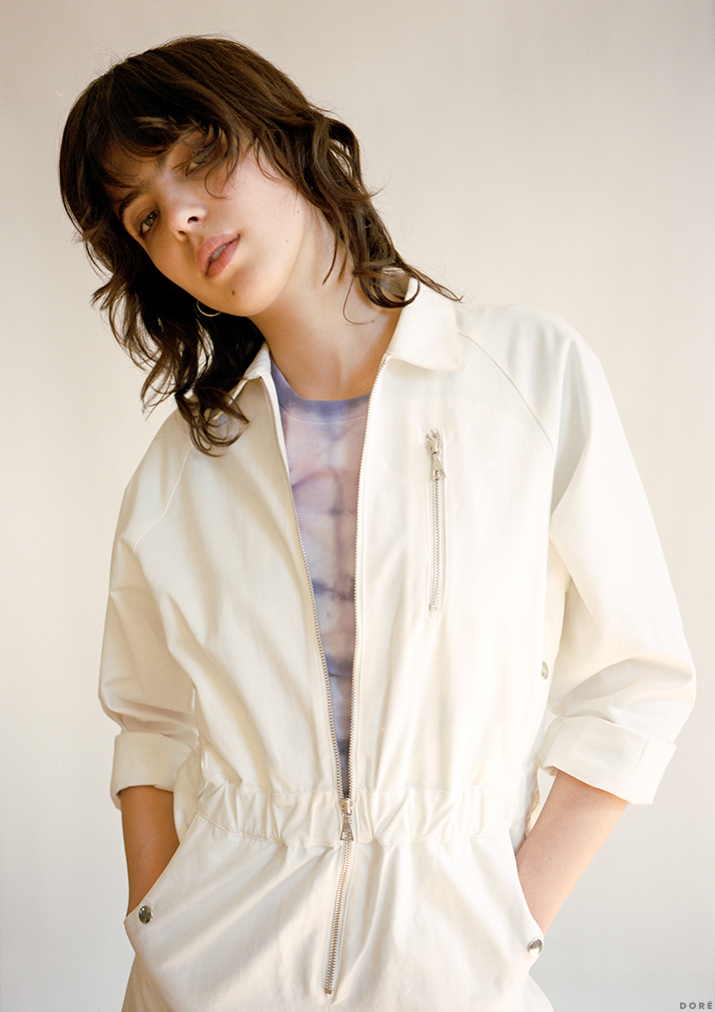
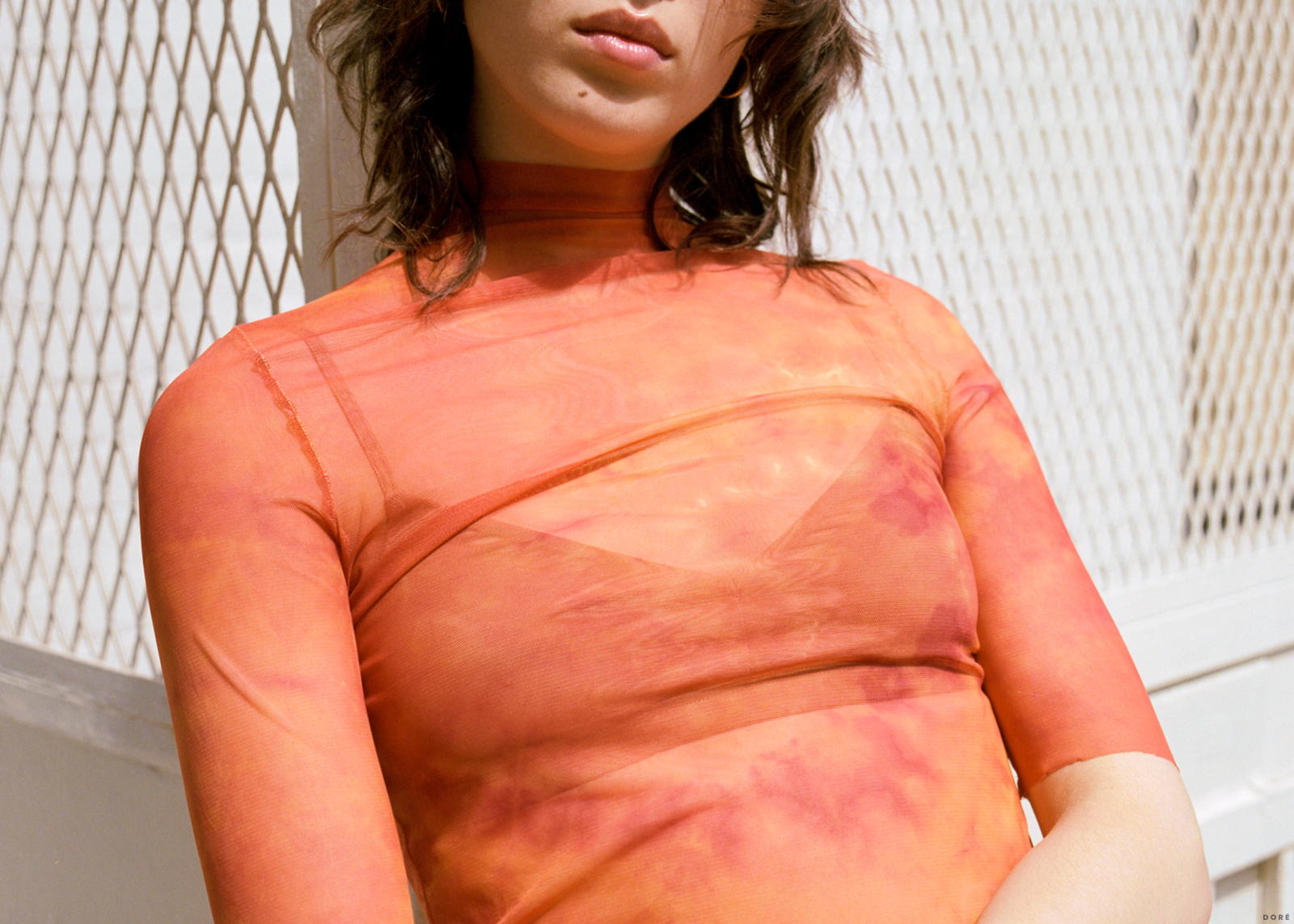
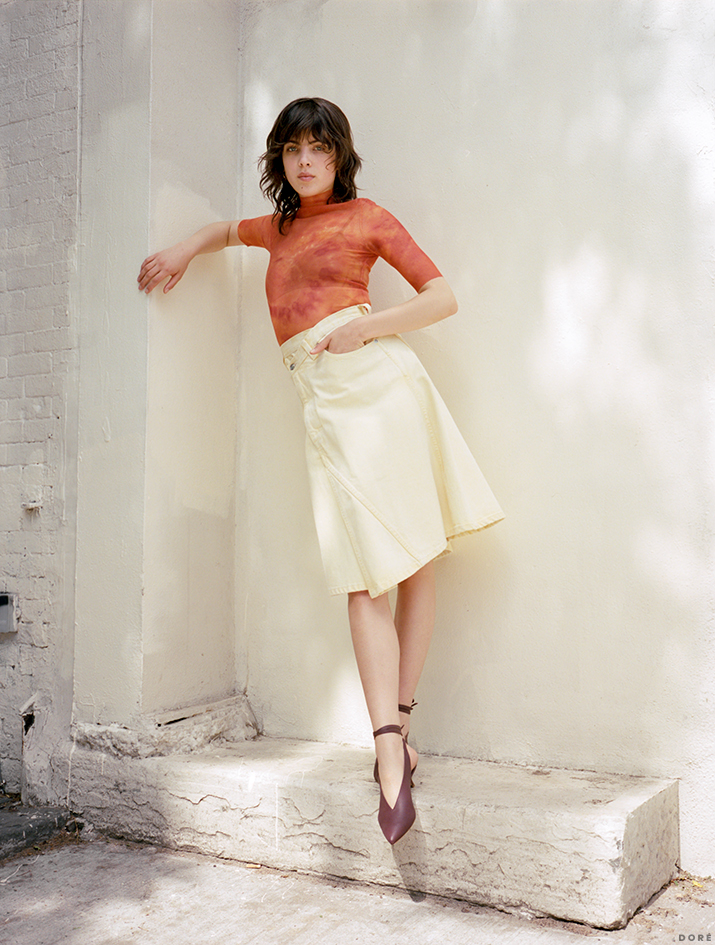
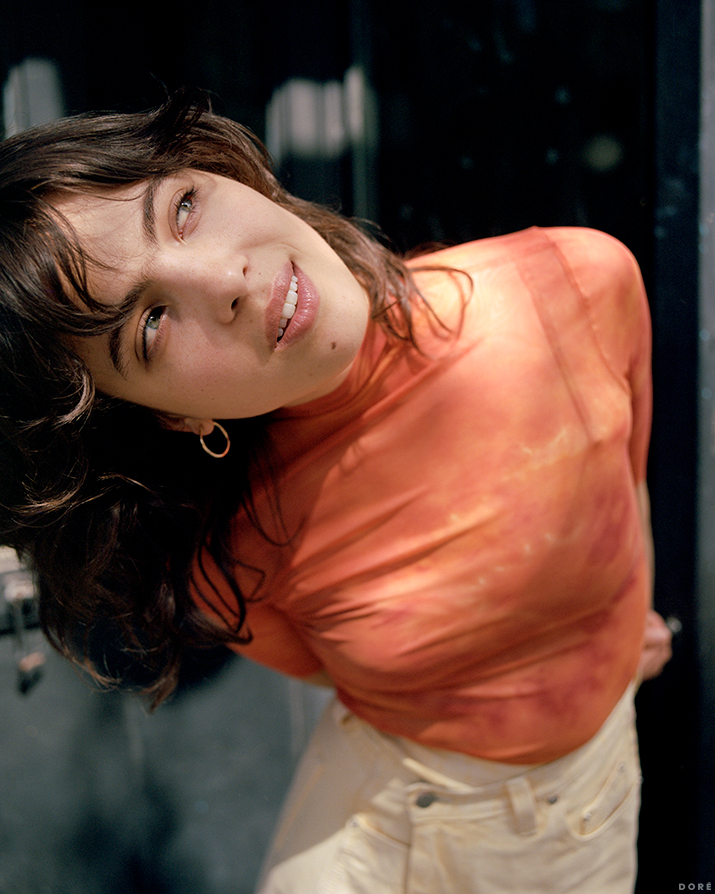
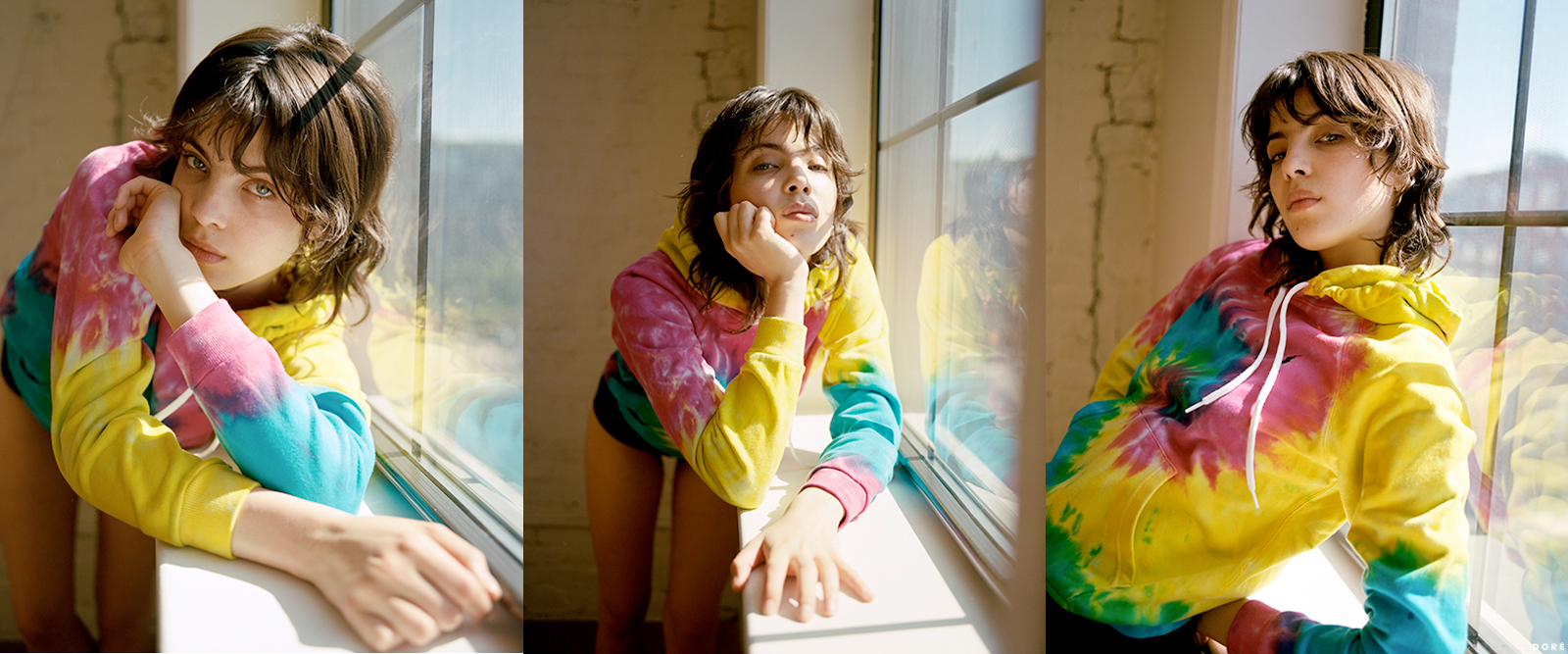
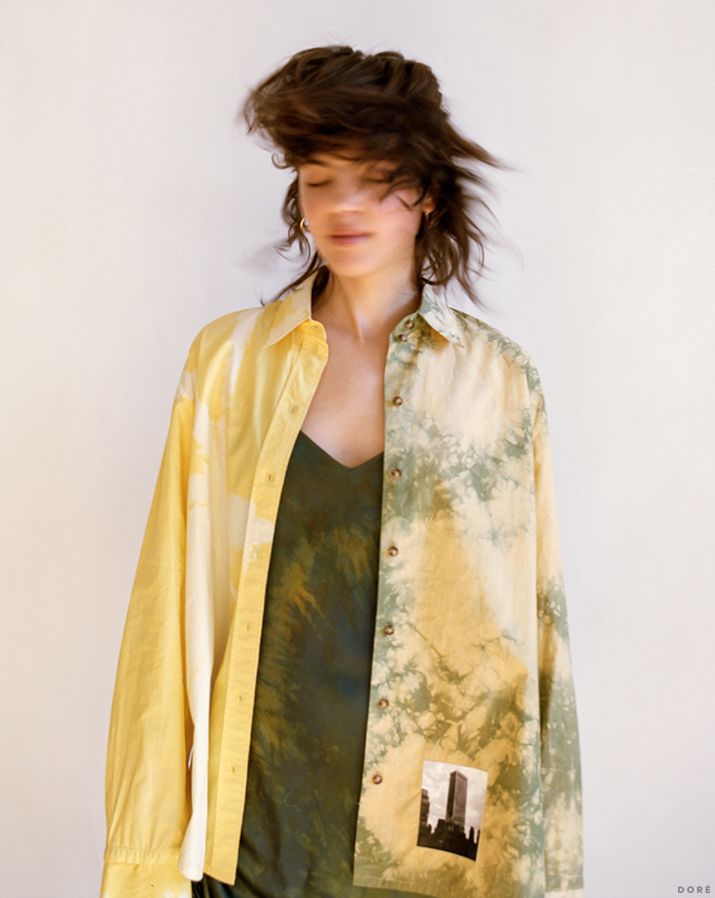
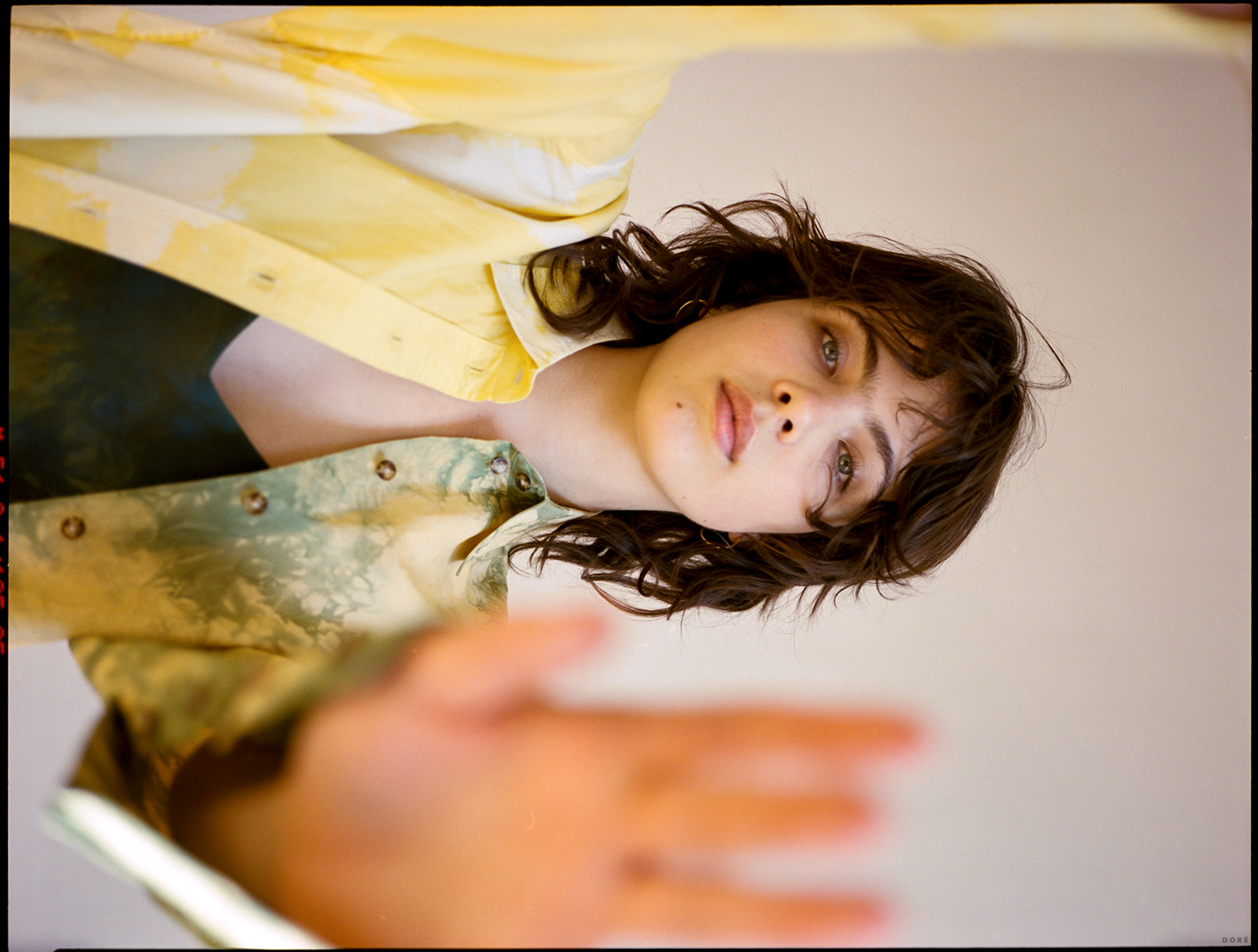
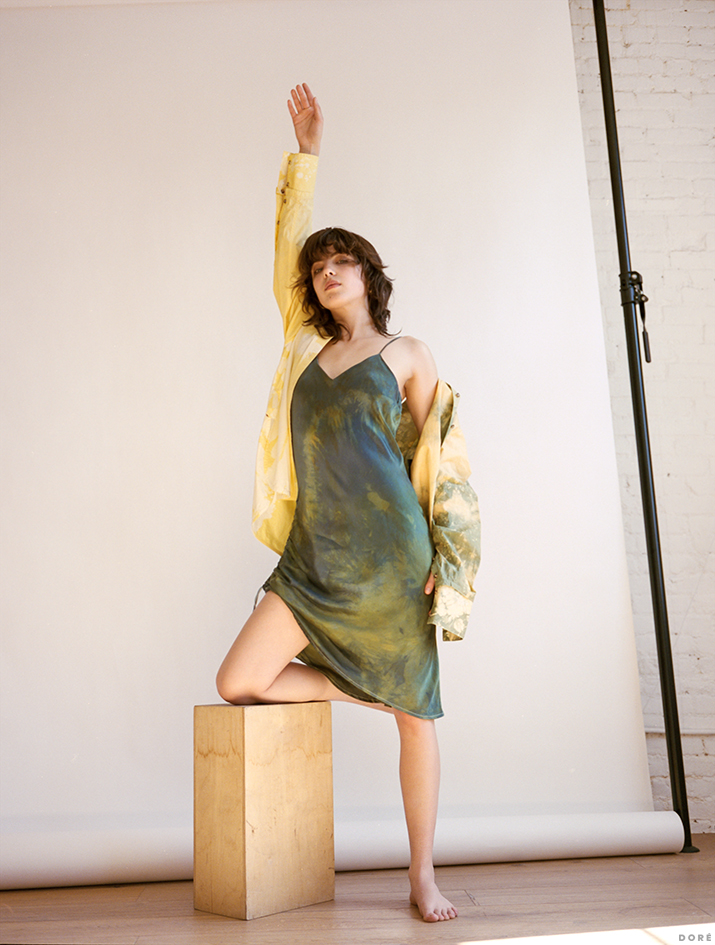
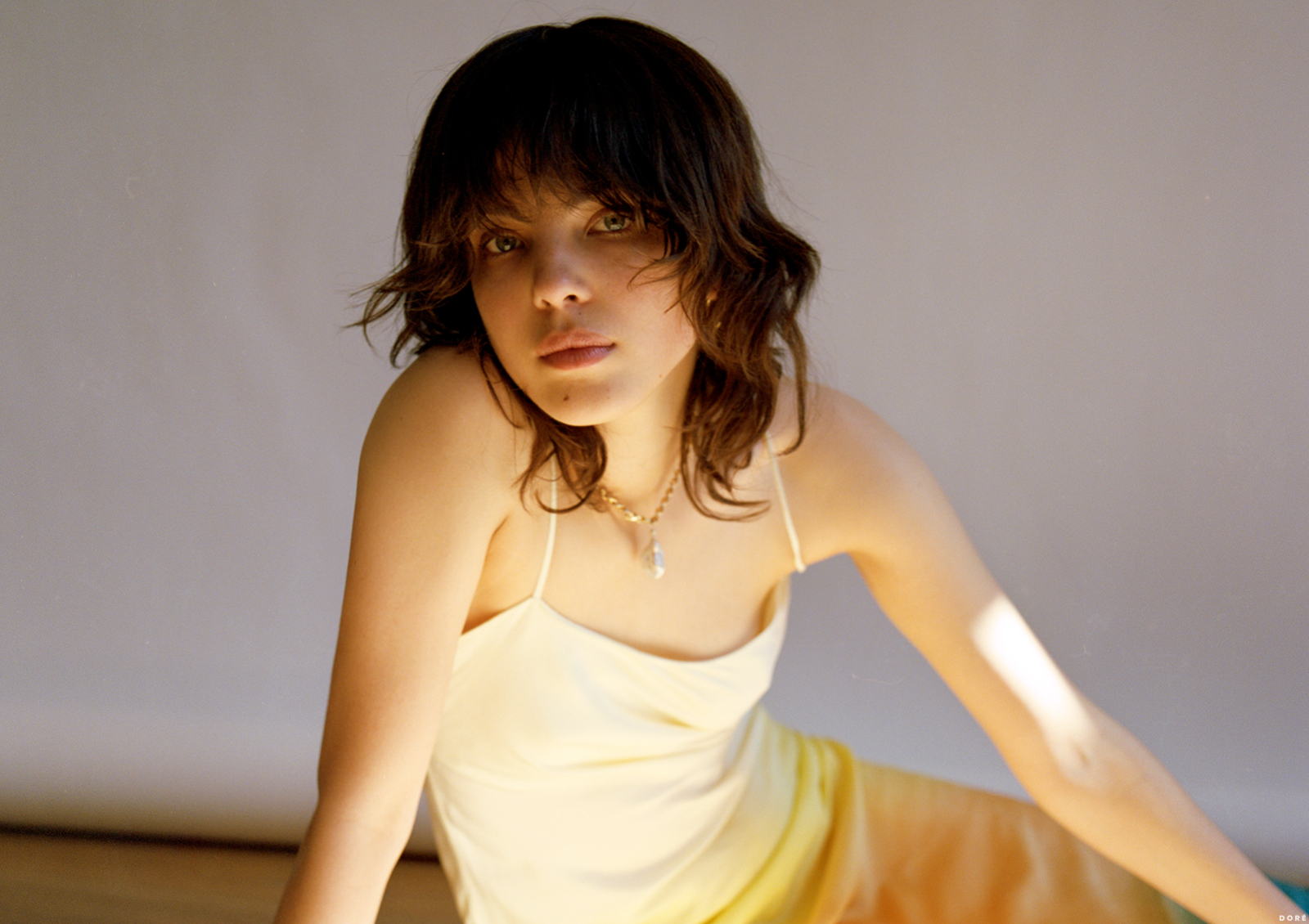
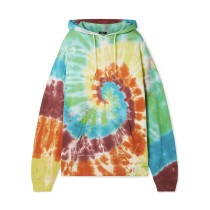

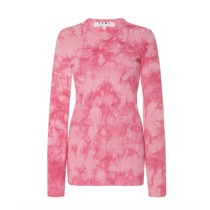

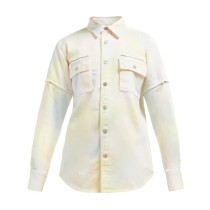
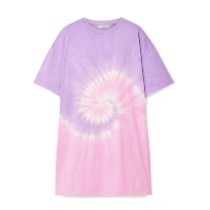

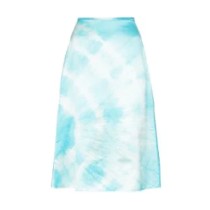
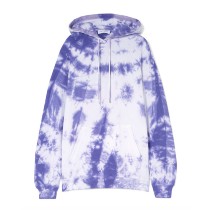
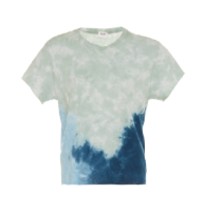







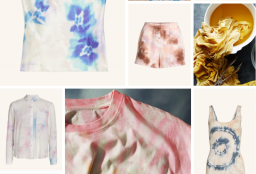






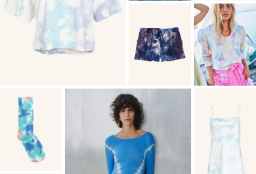






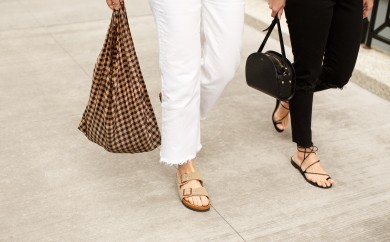
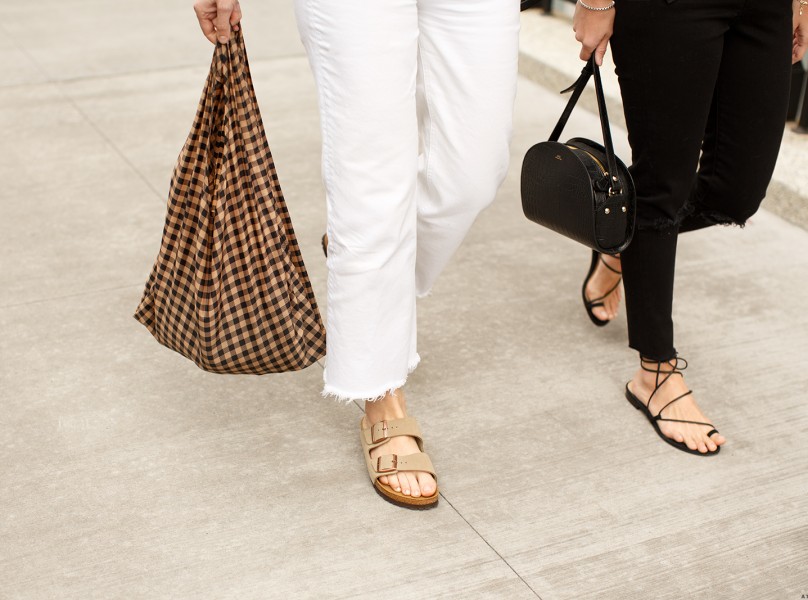
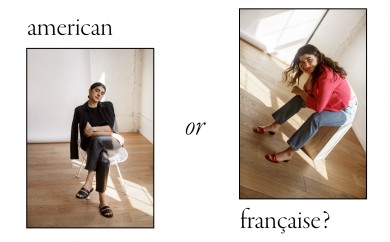
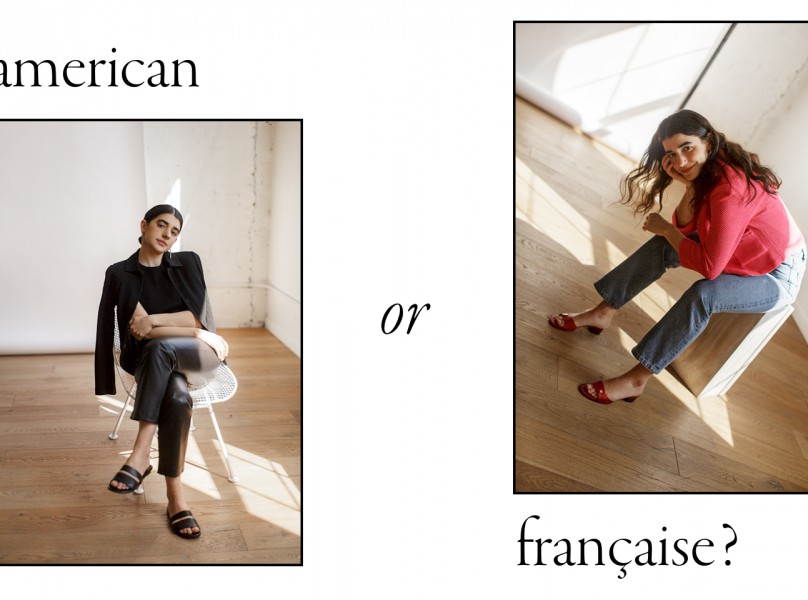
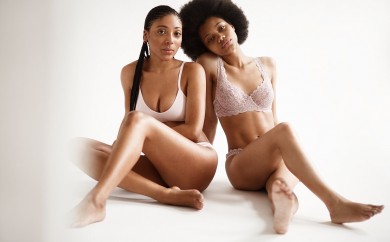
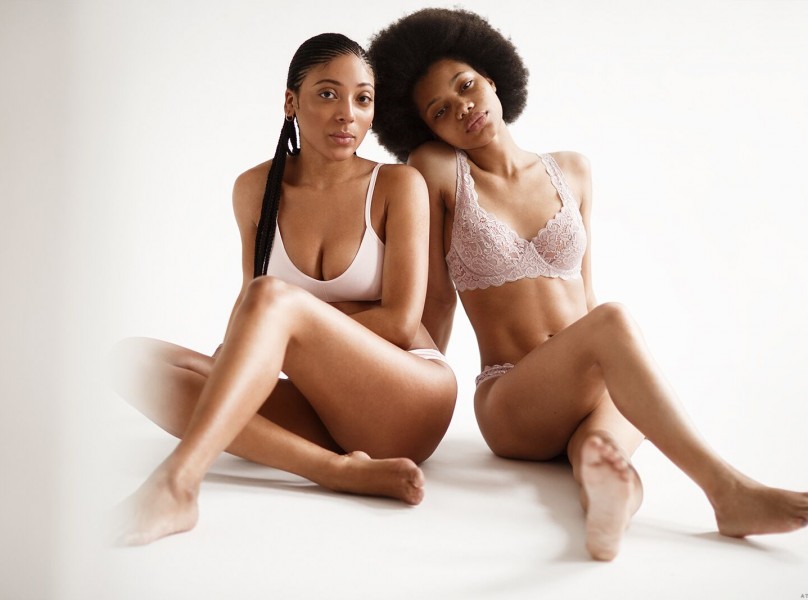
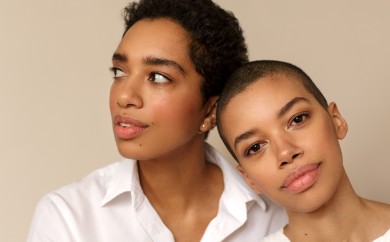
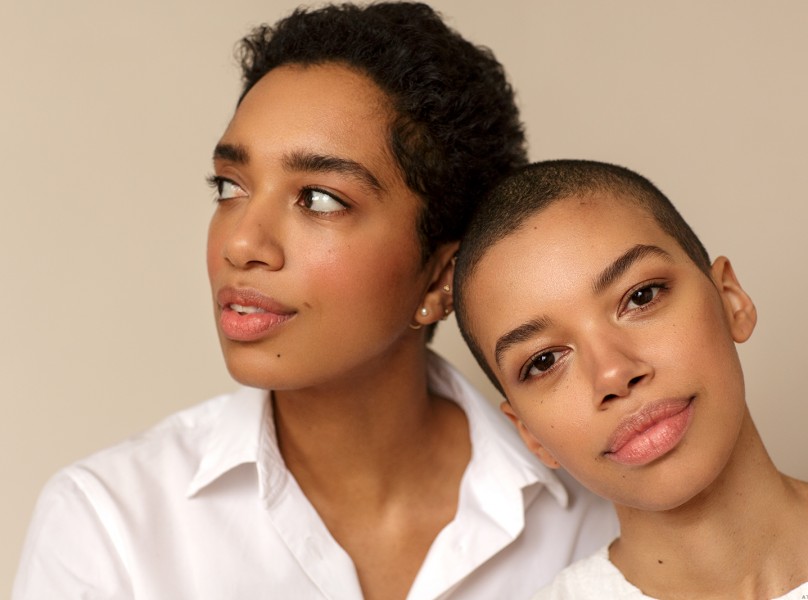
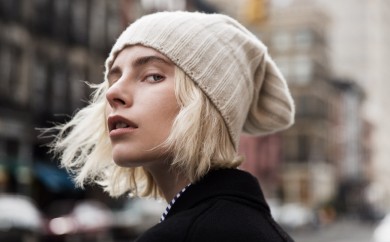
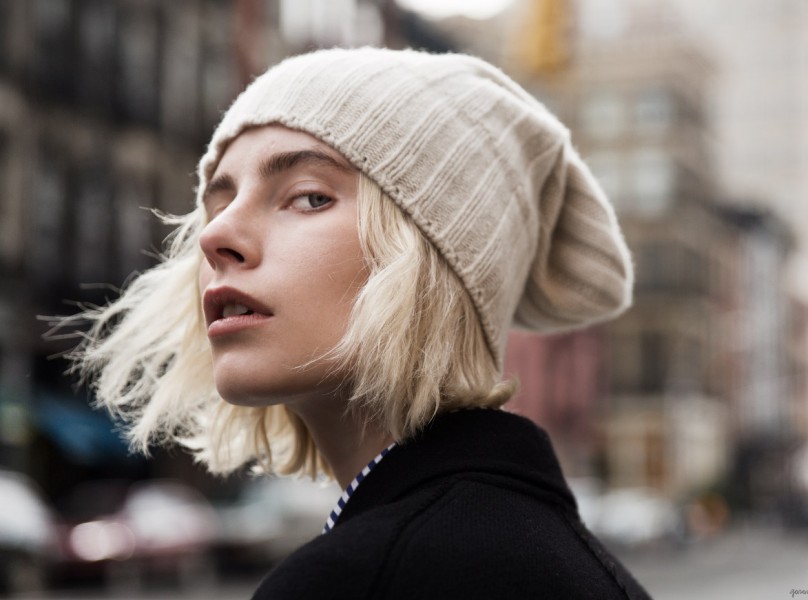
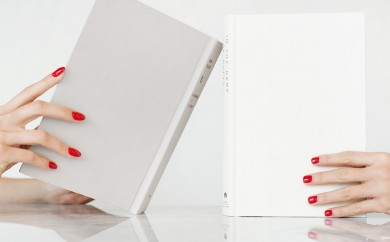

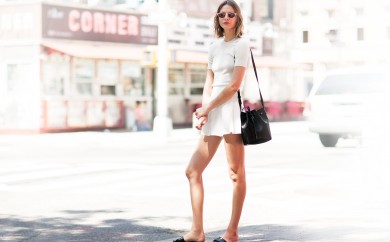

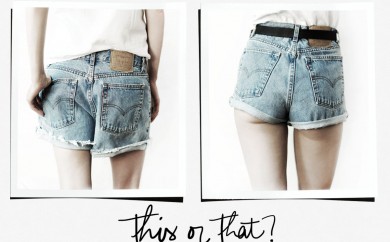
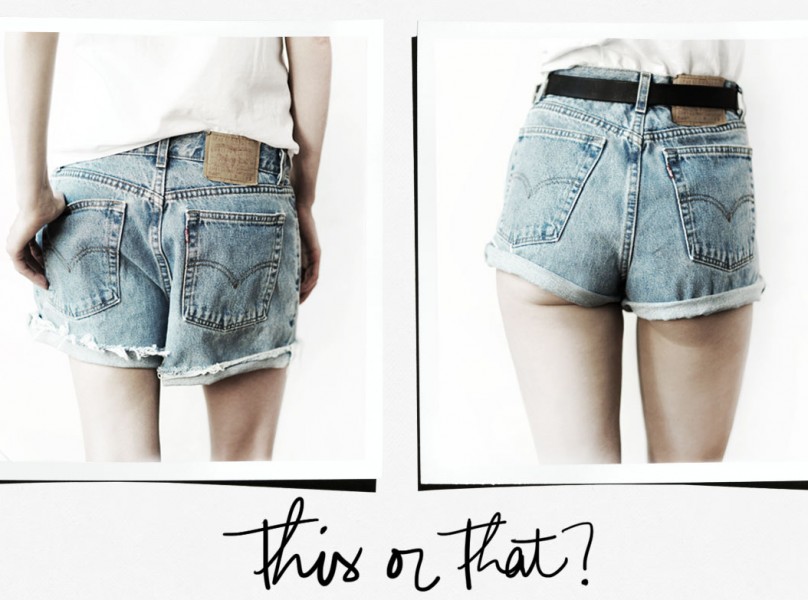
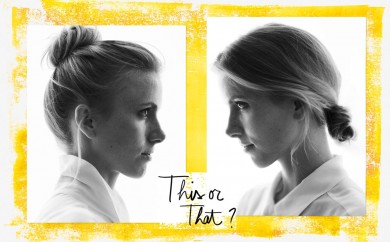
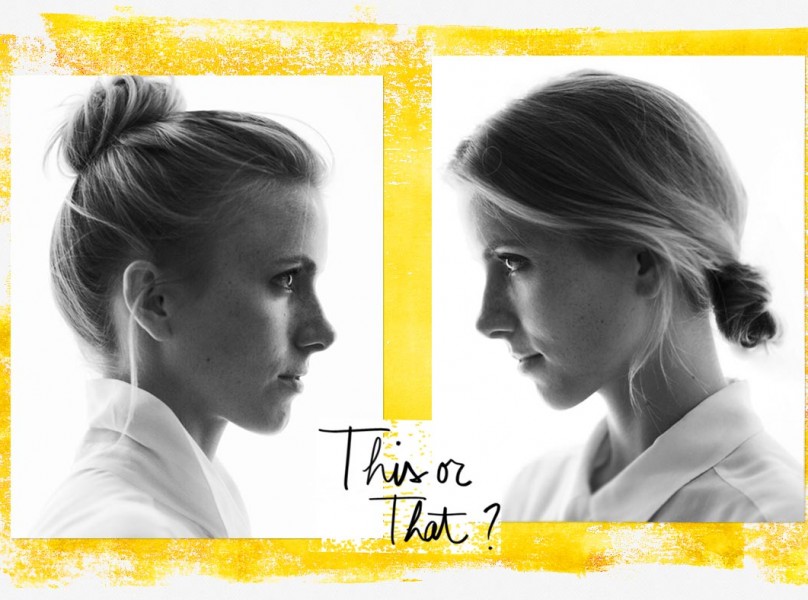
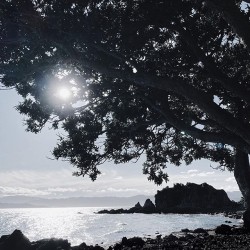


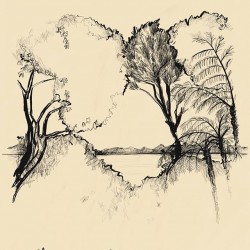
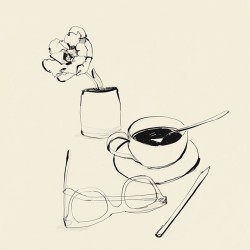
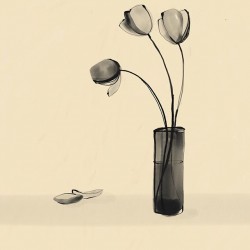
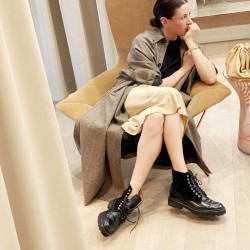
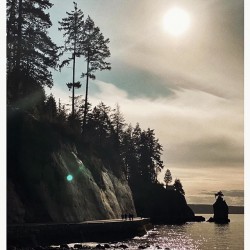

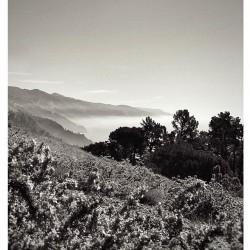
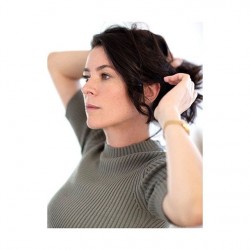
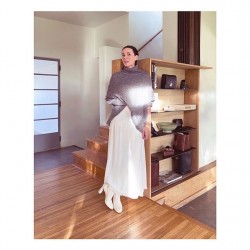
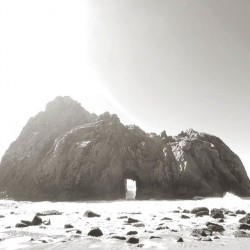
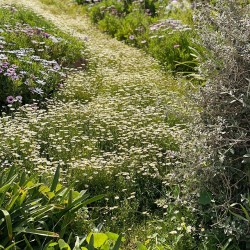
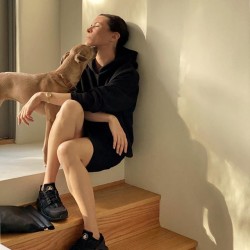

Oh dear, I love this look and this haircut… You just made me want to have my hair cut this way for the summer, it’s gorgeous.
Model, dancer, beautiful young woman, I just love these pictures… I wish I was 20 again (in my dreams). But being 20 in my head is basically the same, right?
yes Tie Dye Chic. we are LOVE TANJANE and hand dye in OJai California since 1998. love the story beautiful tie dye!
La slip dress : facile a porter et tres feminine. Les deux en photos sont magnifiques. (Le modele y contribue !) :-)
Tie dye is cool but that HAAIIIRRRCUUT! Screenshotting to bring to my stylist.
same! :)